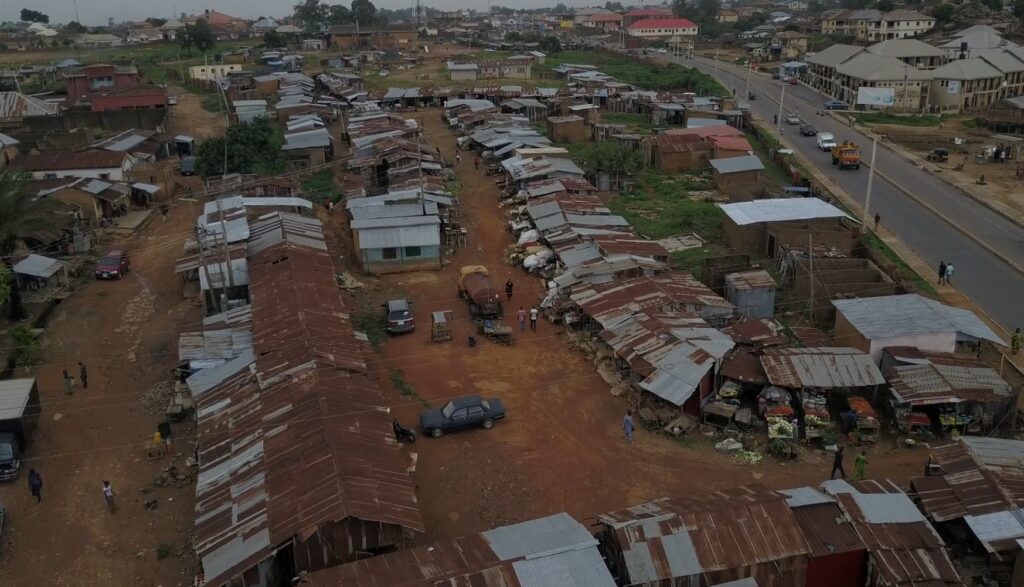The internet has become an integral part of daily life, providing access to information, entertainment, and communication. However, not everyone has the same level of access to the internet, and this has created a digital divide between communities. Unequal internet speeds, in particular, have a significant impact on communities and their ability to participate in the digital age.
What is the Digital Divide?
The digital divide is the gap between those who have access to technology and those who do not. It is a global issue that affects communities and individuals differently. The divide is often created by socio-economic factors, such as income, education, and location. Those who live in rural or remote areas are more likely to experience unequal internet speeds, which can limit their access to online services and opportunities.
The Impact of Unequal Internet Speeds
Unequal internet speeds have a significant impact on communities, both economically and socially. Slow internet speeds can limit access to online services, such as healthcare, education, and employment opportunities. It can also affect the ability of businesses to operate effectively, limiting their potential for growth and innovation.
Education is one of the most affected areas when it comes to unequal internet speeds. With the rise of online learning, students who lack access to high-speed internet are at a disadvantage compared to their peers. Slow internet speeds can limit their ability to participate in online classes, access educational resources, and communicate with their teachers and classmates.
Unequal internet speeds can also have a significant impact on healthcare. Telemedicine is becoming more prevalent, allowing patients to receive medical consultations and treatment online. However, slow internet speeds can limit the effectiveness of telemedicine, making it difficult for doctors and patients to communicate effectively.
Socially, unequal internet speeds can affect how people interact with each other online. Slow internet speeds can limit access to social media, online forums, and other forms of digital communication, making it difficult for people to connect with others and build relationships.
The Importance of Bridging the Digital Divide
Bridging the digital divide is crucial for communities to thrive in the digital age. It requires a collaborative effort between governments, private companies, and non-profit organizations to ensure that everyone has access to high-speed internet. In many cases, this means investing in infrastructure, such as fiber-optic cables and wireless networks, to provide high-speed internet to remote and rural areas.
Governments can play a significant role in bridging the digital divide by investing in internet infrastructure and providing funding for digital literacy programs. Private companies can also contribute by providing affordable internet services and investing in innovative technologies that can improve internet speeds. Non-profit organizations can provide education and training programs to help people develop digital skills that are necessary to participate in the digital age.
Unequal internet speeds have a significant impact on communities and their ability to participate in the digital age. Bridging the digital divide is crucial to ensure that everyone has access to high-speed internet and the opportunities it provides. Governments, private companies, and non-profit organizations all have a role to play in closing the gap and ensuring that everyone can benefit from the advantages of the internet.
